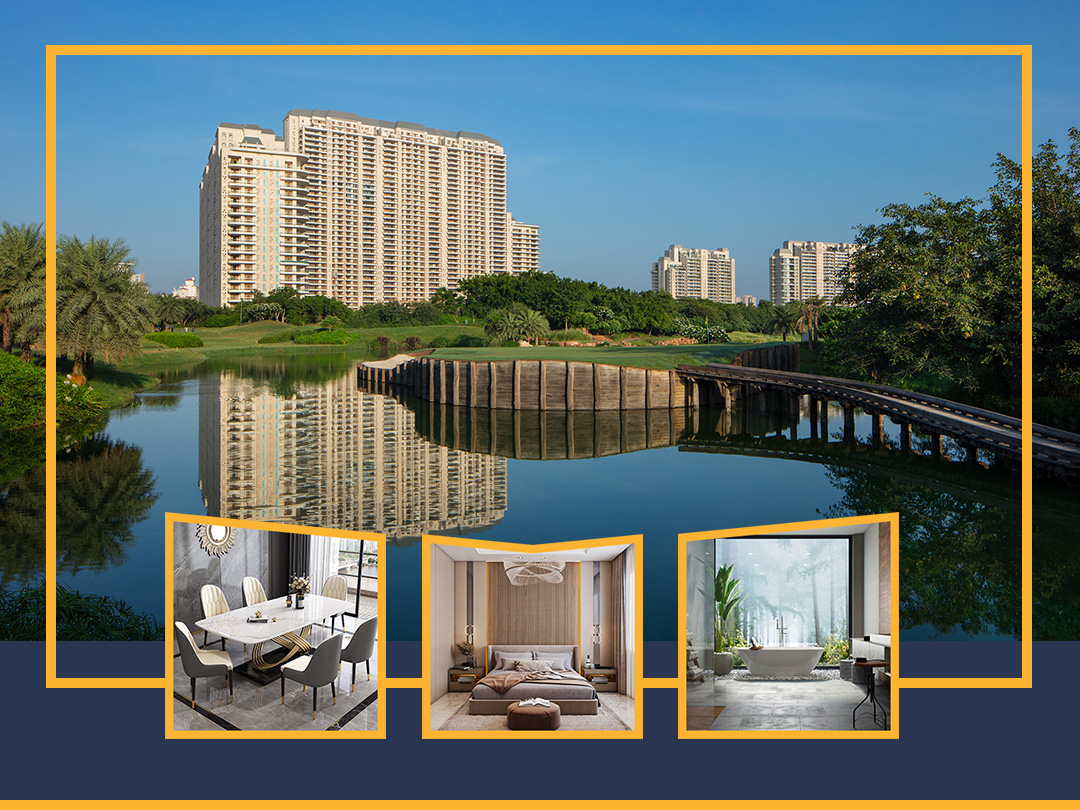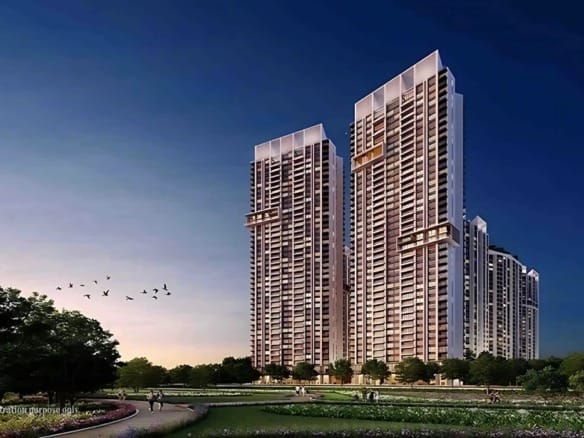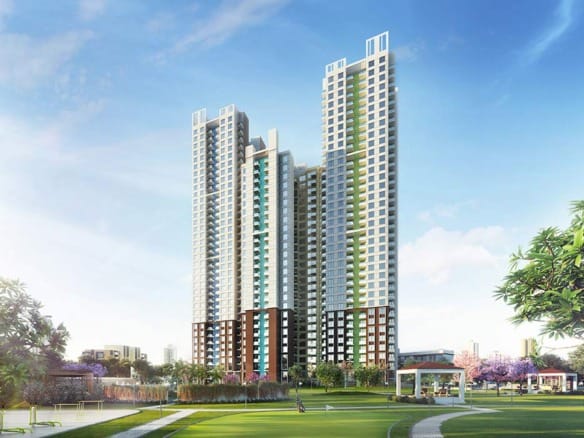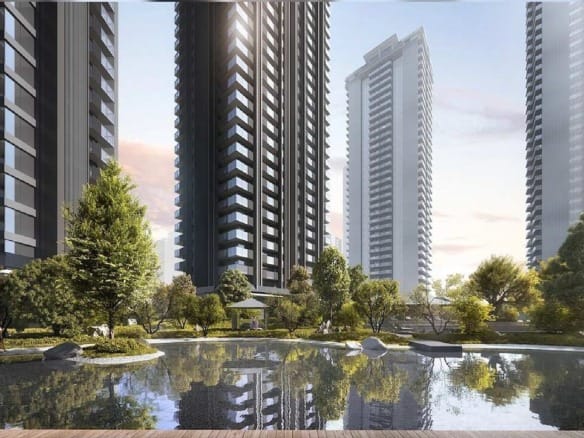Listen To The Article
The demand for luxury real estate has skyrocketed, making it the top option for astute investors and discriminating homeowners throughout the globe. In the ever-changing world of investing, 2023 is proof positive of the growing demand for luxurious real estate worldwide.
This increase is not accidental; rather, it reflects a combination of forces driving wealthy investors to these valuable assets. The Delhi-National Capital Region (NCR) is the center of this trend, with sales of luxury homes rising by an impressive 54%.
Gurugram is at the forefront of this trend, with Dwarka Expressway and Golf Course Extension Road emerging as the next big real estate destinations. There is no denying luxury real estate’s attraction on a worldwide scale. In a booming world economy, shrewd investors want more than simply profits—they want unmatched grandeur.
Rising Trends In Luxury Real Estate: A Global Perspective
Luxurious real estate, from opulent condominiums to vast mansions and towers in cities, draws affluence from all over the world. Owning an item isn’t the only thing this trend represents; it’s an experience that denotes refinement and prestige.
A CII-Anarock survey states that while 2BHK and 3BHK homes are the most popular, an increasing 6% of respondents prefer homes larger than 3BHK. India has seen a remarkable change in the country’s luxury real estate market.
The demand for luxurious homes is rising due to the expanding economy and rising disposable incomes. A classy group of purchasers who are well-traveled and aware of international design trends want for custom living areas that reflect their discriminating preferences.
Gurugram’s Luxe Revolution: The Epicentre Of Luxury Living
The tendency toward non-urban areas is interesting since they provide a blend of work-life balance in tranquil settings. The pandemic-induced demand for large, open living spaces has led to a 21% spike in luxury home sales throughout India’s main markets, according to reports from companies like Prop Equity.
Beneath the exterior splendor of the building is a lifestyle concept. Beyond their lavish exteriors, luxury homes include facilities that equal those found in upscale resorts. Modern workout facilities, rooftop lounges, infinity pools, and individualized services revolutionize luxury living and create an extraordinary atmosphere of exclusivity and richness.
It is impossible to ignore the inherent financial caution in investing in luxury real estate. Investors benefit from jurisdiction-dependent tax advantages, which emphasize the sound financial practices of these kinds of investments by deducting interest payments and possible capital gains.
Beyond Brick And Mortar: The Lifestyle Concept Of Luxury Homes
The demand for large homes has fueled an increase in high-value transactions since they are necessary for both luxurious living and secure investments. Notably, a study by real estate data analytics company Prop Equity indicates that sales of luxury homes have increased by 21% in India’s main areas.
Luxury real estate in India is particularly appealing to Non-Resident Indians (NRIs). It serves as a gateway to tradition and lifestyle as well as an investment. These properties are seen by NRIs as steady investments with room for growth, a way to stay connected to their heritage, and a status symbol.
Their inclination towards this path has led to a notable surge in investments, indicating a rising fascination with India’s real estate sector. A statement released by No Broker claims that NRI investments in India’s residential real estate sector have increased by 35% year over year, with the average ticket size investment ranging between ₹90 lakhs and ₹1.5 crore.
India’s NRI Magnet: Luxury Real Estate As An Investment And Heritage Connection
Notable is the resilience of luxury houses even in weak markets. Their reputation as a dependable investment option is cemented by their capacity to hold value in the face of economic uncertainty.
According to a recent analysis by Anarock, the number of unsold luxury apartments—those priced over Rs 2.5 crore—dropped by 24% to 15,520 at the end of March from 20,480 units the previous year. There were over 23,130 pieces of unsold inventory as of the end of March 2019.
Luxury real estate’s trajectory reflects not just a trend but also an evolution, a meeting point of refined lifestyle, sound financial management, and changing goals. This environment, which is constantly redefining richness, appeals to sophisticated and opulent lifestyle enthusiasts as well as investors.
Source-ET




